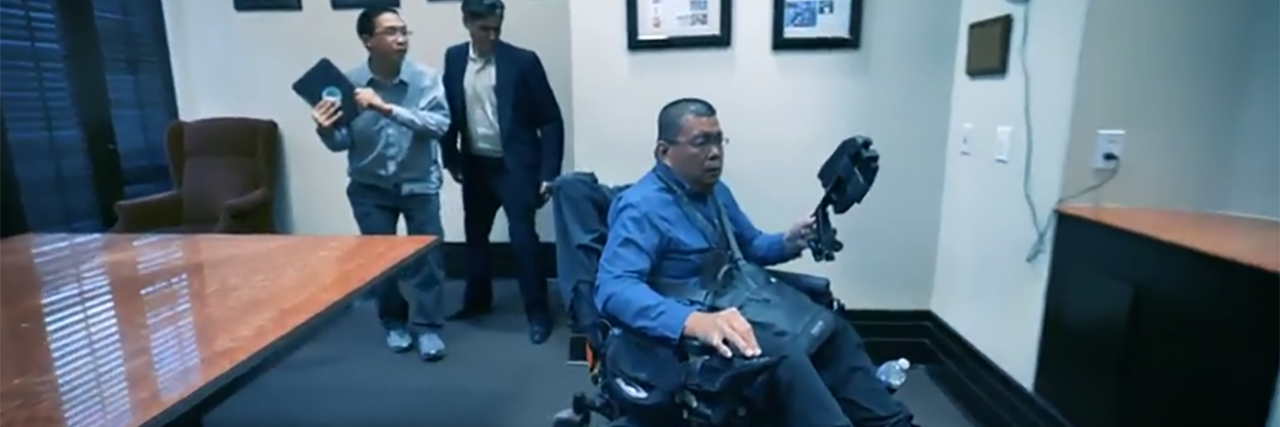Like many big cities, Los Angeles is always evolving and intentionally looking for ways to improve its programs and processes. One example is the Run, Hide, Fight program. When we started the program in Los Angeles we taught it in a way which was applicable to most of the population — at least from a physical perspective. The standard program is not taught to young children; it is taught to people in their mid teens all the way to mature adults, and is somewhat generic to give the most people possible a chance at survival. It’s a powerful program and fortunately (or unfortunately) in high demand.
But what if some of the basic principles don’t apply to you? For example, if you use a device for mobility (scooter, crutch, walker, cane etc.) it could be hard or impossible to “run.” Our latest training resource is a newly developed video entitled, “Use Your Abilities to Survive an Active Shooter” and addresses strategies that are not fleshed out in standard Run, Hide, Fight resources.
California is fortunate to have state leadership like Vance Taylor, Chief of the Office of Access and Functional Needs at the Governor’s Office of Emergency Services. He brought together a group of people who collectively worked through options that a person with a disability could use in an active shooter situation. Both I and Sergeant Kyle Campbell with LAPD were a part of that team. In Los Angeles we built on those adaptations and put those actions into video.
Most of the actors in the video have real disabilities. We did not want to make a resource which was not authentic and real. Thanks to the efforts of Richard Ray the Technology Access Coordinator for the City of Los Angeles, Department on Disability for his guidance and drive in helping to coordinate the actors.
The video is narrated by Assistant Chief Beatrice Girmala, Director, Office of Special Operations for the Los Angeles Police Department where she oversees the Counter-Terrorism Special Operation Bureau. There are many people to credit in the making of this resource. It was a privilege to just be a part of its development and fruition.

